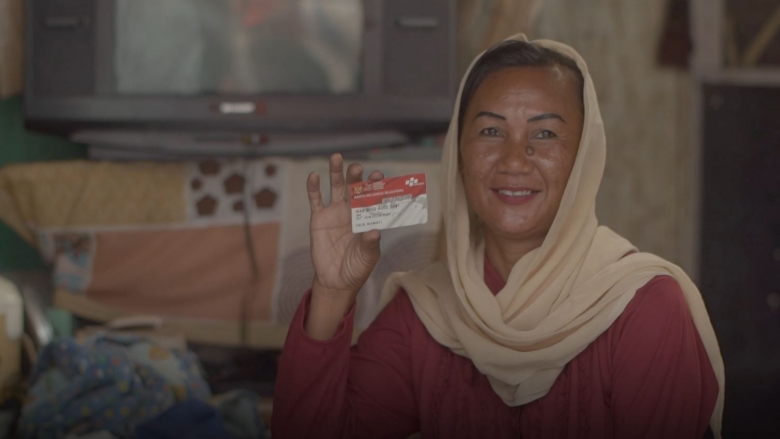Key findings
- Indonesia and the world are changing, and new challenges and opportunities are emerging. These include:
- technological advancements and changes in how and where people work
- persistent informality in the labor market
- vulnerability to climate change, disaster risks, and pandemics
- changing demographics, with the elderly population expected to rise sharply by 2040.
- Indonesia has built a solid foundation of social protection, which includes social assistance programs in the form of a conditional cash transfer (Program Keluarga Harapan), education cash transfer (Program Indonesia Pintar), food assistance (Sembako) and more; labor market programs and worker protection schemes (Kartu Pra Kerja), and social insurance programs (Jaminan Kesehatan Nasional, Jaminan Kecelekaan Kerja, Jaminan Kematian, and more).
- However, to manage the new challenges and opportunities of tomorrow, . This package should also support Indonesia’s important investments in human capital.
- To do this, Indonesia should consider:
- Providing Indonesians with a “guaranteed minimum” protection across a person’s lifecycle through a package of programs
- Complement the guaranteed minimum with a coherent set of social insurance programs for families to maintain their levels of consumption over time.
- Three options to establish a guaranteed minimum level of protection include:
- Consolidate cash transfer delivery by integrating the conditional cash transfer (PKH) and education cash transfer (PIP) programs.
- Increase the coverage of PKH and food assistance (Sembako) and provide a more adequate package of protection, with tapered benefit levels.
- Improve the protection for the elderly and disabled by providing cash transfers.
- And several options to achieve a coherent set of social insurance programs include:
- Gradually increase the retirement age.
- Increase contribution rates in the national social insurance system (SJSN) for those who can afford it, while financing coverage for those who cannot.
- Ensure adequacy of pensions under current civil service rules.
- Introduce unemployment benefits to help workers manage risks.
- Provide unemployed workers access to active labor market programs, including job counseling, job search, and skills training.
- To pay for these programs, Indonesia can consider reallocating budget away from regressive subsidies, reduce VAT exemptions, increase excise taxes on tobacco, and increase collection from personal income tax.
- By undertaking these reforms, Indonesia could realize a future-ready social protection system that protects and promotes all; this will be key in helping the country to achieve its 2045 vision of high-income status and near-zero poverty.
